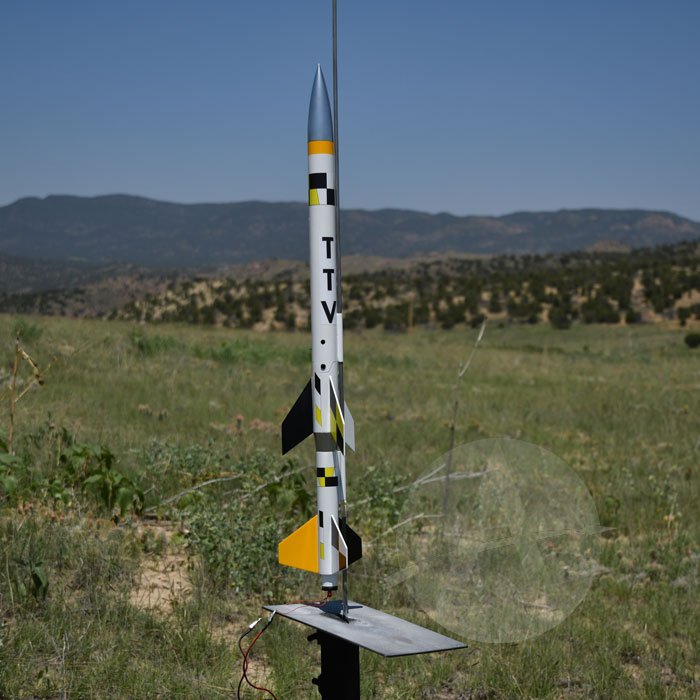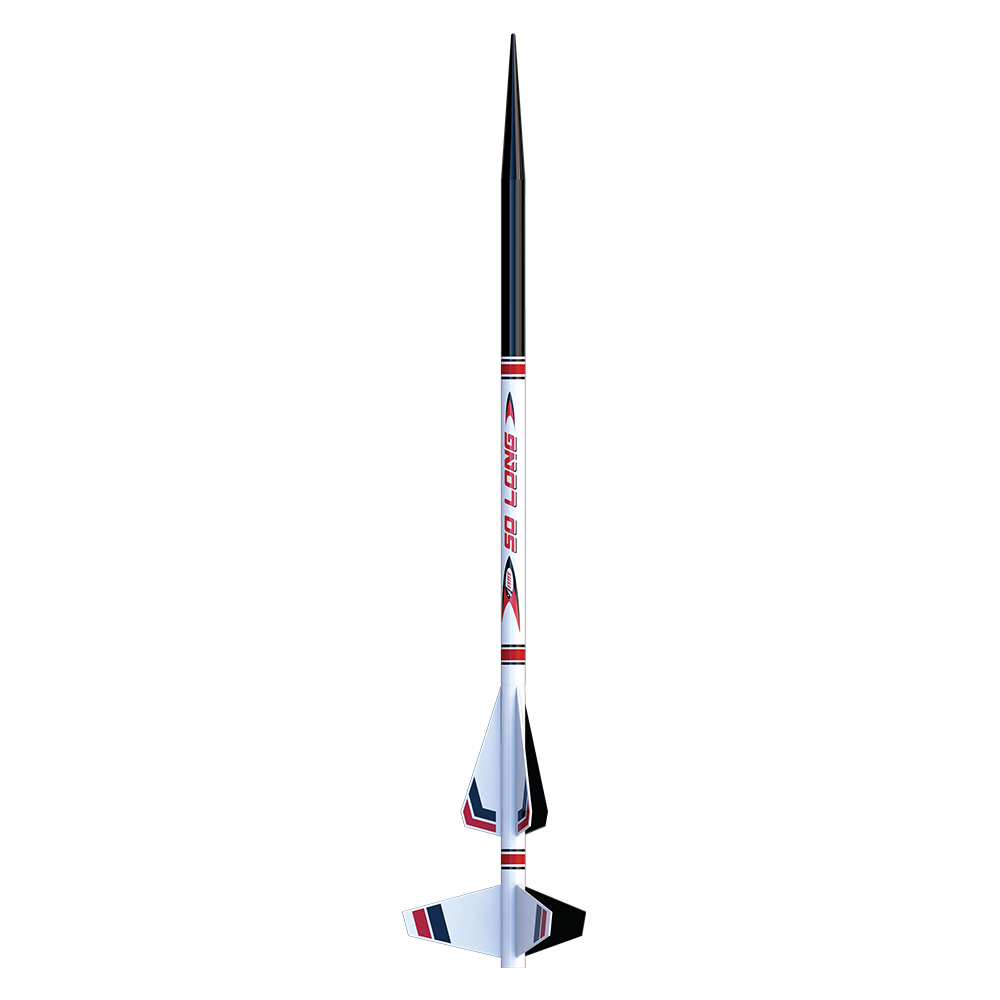- Joined
- Oct 2, 2011
- Messages
- 976
- Reaction score
- 549
The new TTV Model from Apogee is pretty cool.
I think I really want one !
https://www.apogeerockets.com/Model-Rocket-Kits/Skill-Level-4-Model-Rocket-Kits/TTV
I think I really want one !
https://www.apogeerockets.com/Model-Rocket-Kits/Skill-Level-4-Model-Rocket-Kits/TTV






